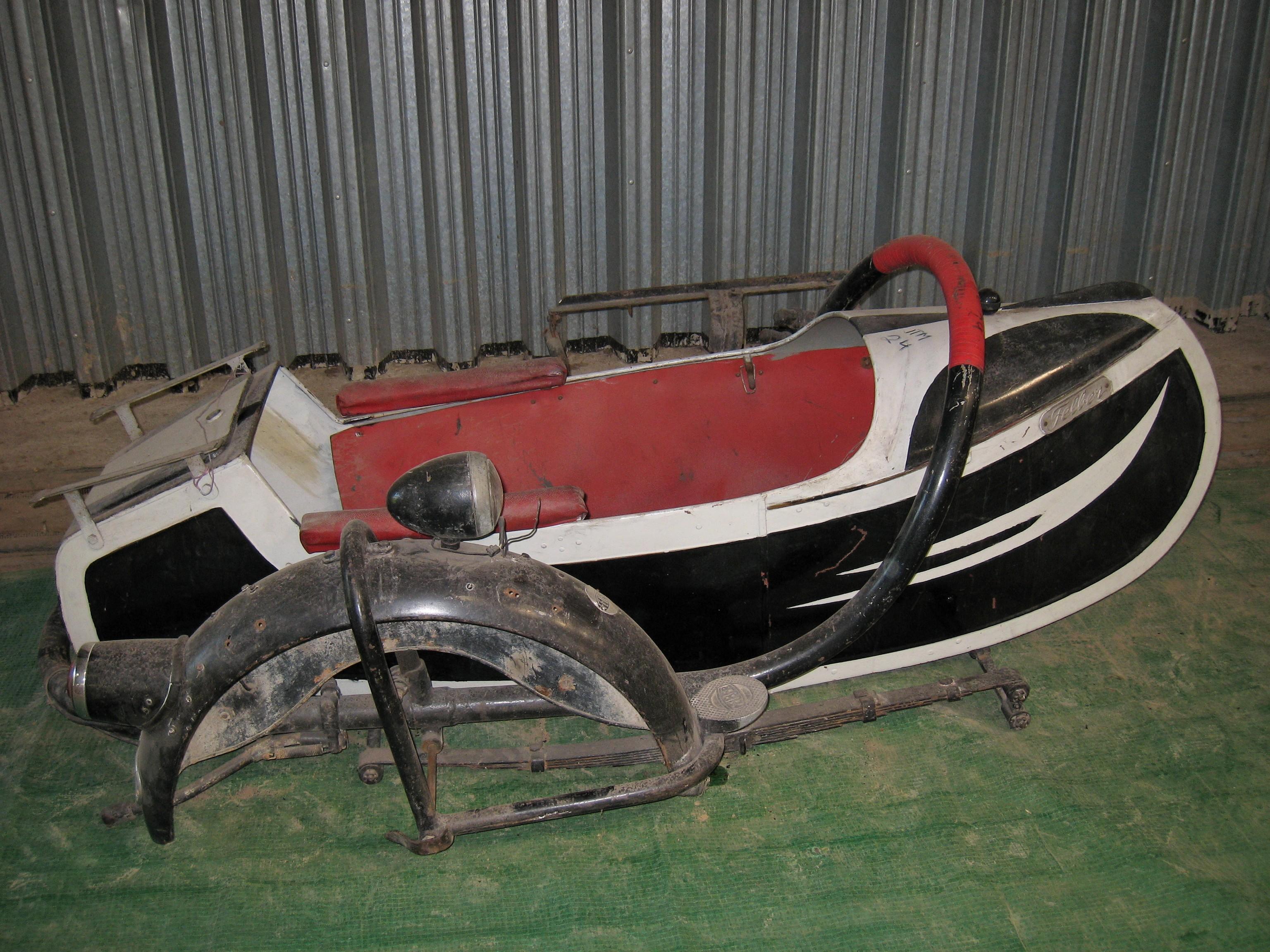Not for nothing did Clyno’s 1913 advertising promote its product as ‘The Side-Car Motor Cycle’, for the Wolverhampton firm was one of the first to give serious thought to engineering an effective motorcycle combination. Cousins Ailwyn and Frank Smith had formed ‘The Clyno Engineering Co’ in 1909 for the purpose of marketing an adjustable belt pulley for motorcycle transmissions, soon turning to the assembly of complete machines using Chater Lea frame fittings and Stevens engines. The following year a larger machine was built powered by a 750cc 5/6hp Stevens v-twin and continued Clyno’s success in trials, including the MCC’s prestigious London-Edinburgh and London-Exeter events. Long, low and lightweight - it weighed under 200lbs - the powerful, high-geared Clyno v-twin proved equally capable as a solo or when coupled to a sidecar. Quick to realise the limitations of a single fixed gear and belt drive, Clyno introduced a two-speed, chain-driven model, one of the first to enclose chains in aluminium cases. During WWI the Clyno combination was further developed for military use, a role in which it was conspicuously successful, being produced in substantial numbers. This ex-WWI military Clyno retains matching frame, engine and gearbox numbers. We are advised that the machine is missing its rear chain and that the engine has not run for many years, although it does turn over freely.
Not for nothing did Clyno’s 1913 advertising promote its product as ‘The Side-Car Motor Cycle’, for the Wolverhampton firm was one of the first to give serious thought to engineering an effective motorcycle combination. Cousins Ailwyn and Frank Smith had formed ‘The Clyno Engineering Co’ in 1909 for the purpose of marketing an adjustable belt pulley for motorcycle transmissions, soon turning to the assembly of complete machines using Chater Lea frame fittings and Stevens engines. The following year a larger machine was built powered by a 750cc 5/6hp Stevens v-twin and continued Clyno’s success in trials, including the MCC’s prestigious London-Edinburgh and London-Exeter events. Long, low and lightweight - it weighed under 200lbs - the powerful, high-geared Clyno v-twin proved equally capable as a solo or when coupled to a sidecar. Quick to realise the limitations of a single fixed gear and belt drive, Clyno introduced a two-speed, chain-driven model, one of the first to enclose chains in aluminium cases. During WWI the Clyno combination was further developed for military use, a role in which it was conspicuously successful, being produced in substantial numbers. This ex-WWI military Clyno retains matching frame, engine and gearbox numbers. We are advised that the machine is missing its rear chain and that the engine has not run for many years, although it does turn over freely.















Testen Sie LotSearch und seine Premium-Features 7 Tage - ohne Kosten!
Lassen Sie sich automatisch über neue Objekte in kommenden Auktionen benachrichtigen.
Suchauftrag anlegen